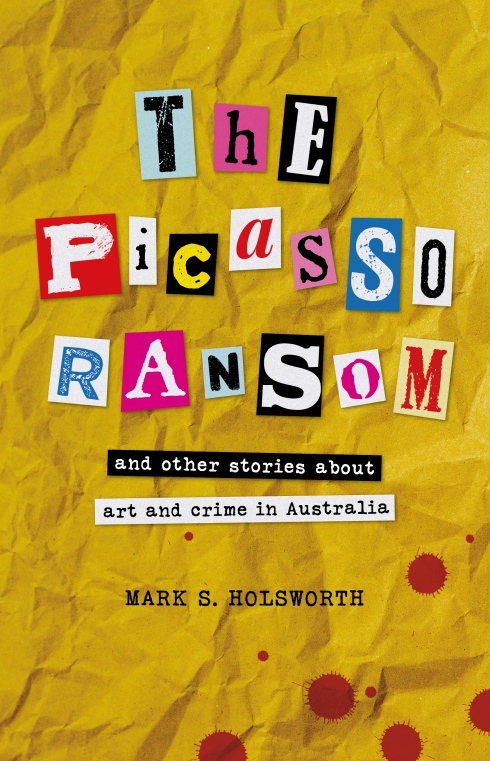Not that I approve of throwing trash into rivers, but I sympathise with the guys who threw a Gillie and Marc bronze statue of baby Sumatran orangutang into the Yarra last month. For post is about rejecting substitutes filling in for culture rather than sending sculptures to a watery grave.
It is possible to produce something made from acorns that almost tastes like coffee. Like ersatz coffee, ersatz art provides aesthetics without any stimulating quality. The borrowed German word for a substitute implies a diminished experience rather than an alternative.
Ersatz culture is presented as a substitute for something of superior quality. It is fake, a pretend, simulated or imitation culture that can be used to fill a space that would contain culture. It might appear to be the same as the real thing on a quick pass, but there is no depth. It does not comment on current issues or events. It does not risk failure. It uses sentimentality, nationalism and other affiliations to distract the audience from thinking about what is in front of them.
It occurs when an artist’s or organisation’s ambitions fail to rise above being popular with the public or the ruling elite. When the expedient, cost-effective and safest options are taken. If sincerity is the credit rating of an artist, the insincerity of ersatz culture bankrupts the future. Sure it fills the space and tastes like it, but it does not make for a meaningful life.
I’m not alone in describing statues as ersatz. When the U.S. Postal Service mistakenly featured a half-sized Las Vegas replica of the Statue of Liberty on a new stamp, a “stamp collector noticed the error when he spotted differences in the ersatz statue’s eyes and hair.” (Slate, April 15, 2011) And Melbourne, like Las Vegas and most big cities, is full of substitute culture, from statues by Gillie and Marc (or David Bromley) to reality tv shows.
The problem is culture substitutes fill in the space that culture occupies without providing a sense of identity or recognition of your existence (aside from selling you the t-shirt and other merchandise). Cultural impoverishment results in a lack of meaning in many people’s lives; an empty psychic space filled with addictions, despair and rage.
If hotel room art and other such vacuous stuff is the only part of your cultural diet, then there are problems. Sugar is not a substitute for fruit. It is why I prefer to look at, and even review, exhibitions by amateur artists rather than work by competent artists/designers like Ken Done, David Bromley, or Gillie and Marc. There is something essentially different between art desperately trying to achieve something, even if it fails, then commercially successful stuff.
Bad art is only a failure, but ersatz art occupies the space that would otherwise be filled with art. Bad art rots and rapidly breaks down, an actor dies on stage, and from that compost heap, new art grows. Ersatz art does not decompose as rapidly; nothing grows from it, as it fails to inspire. It neuters the generative power of art and will generate nothing but superficial sentimentality communicated in easy-to-read images. It has no impact on future arts and culture.
Gillie and Marc’s sculptures have no value other than a selfie feedback loop of ever-diminishing relevance. They tempt city councils and other controllers of property with the offer of free sculpture exhibitions that do nothing but raise the profile of Gillie and Marc. (Read an earlier post about a street artist’s reply to Gillie and Marc’s “Paparazzi Dogs”.)



What are your thoughts?